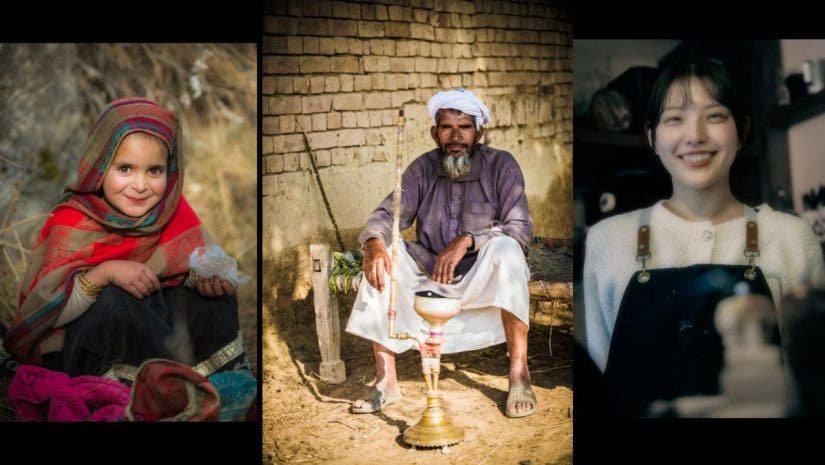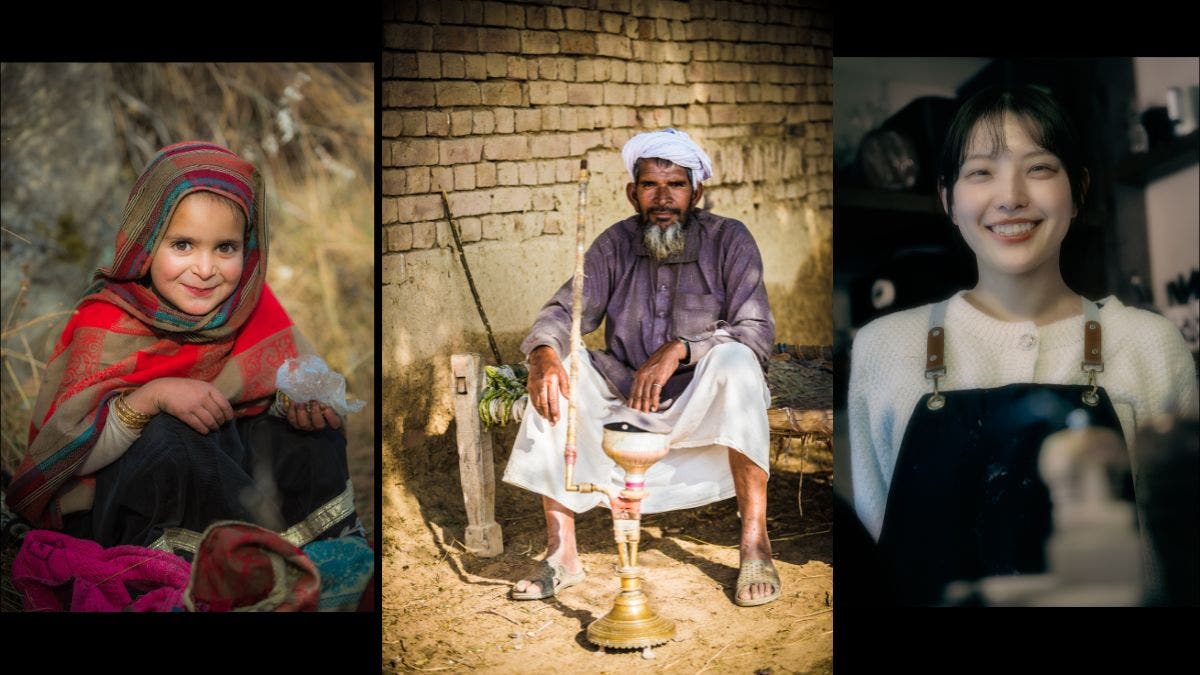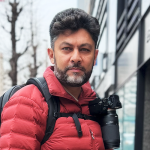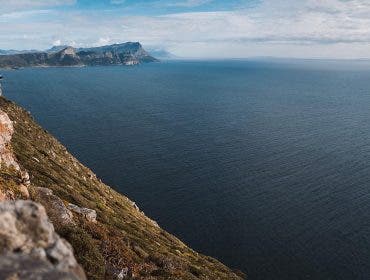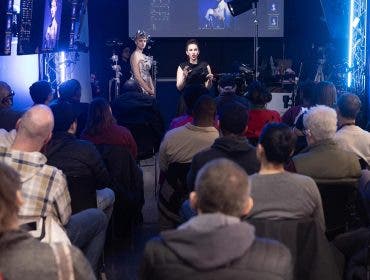“I am a landscape photographer, and I only enjoy shooting during the golden hours,” I replied to my wife with a smug smile, trying to sound a bit sophisticated, when she asked me to take a few street shots as we walked along the famous Long Street in Cape Town. I often recall this memory from 2014 and smile at my younger self whose path as a photographer had yet to be discovered. Street portraits, as you will discover is something I have come to enjoy along with my landscape photography.
From Generalist to Specialist
When I acquired my first camera, I eagerly photographed everything that sparked my curiosity, my focus being on cataloging memories in pleasing compositions. The countless photos in my holiday archives were primarily taken in the “auto” mode. When I scroll through these images, I see a motley collection that includes people, architecture, street vendors, food, plants, signboards, and flowers, among other things.
My interest with time gravitated toward landscape photography. I found the bustle of the city’s noisy streets draining. Despite the more predictable income and better compensation that came with wedding and model photography, I found being around crowds of people for long shoots sapped my energy.
A Passion for Street Portraits Reignited
After a long absence, when visiting my family in Rawalpindi in 2015, my passion for portrait photography in the streets was reignited. I had forgotten the familiar features of those from my homeland: the wrinkled faces of elderly men enjoying their morning chai as they sat in front of a fire on the inner city streets, young girls pulling their dupattas over their shy faces, food sellers in the streets, in a place that still echoes the stories of the bloody partition of India in 1947.
As I explored the narrow alleys of the ancient part of the city, I saw the smiles and sparkling eyes of the youth, surrounded by vibrant colors. Occasionally, a vegetable seller would pass by on his bicycle, shouting at the top of his lungs about his fresh produce. Later in the day, the “qulfi wala” would wend his way down the streets. Mothers open the heavy wooden doors of those antique houses to buy qulfi—the local version of ice cream—for their children.
How could a photographer resist the temptation to take out his camera and capture these faces and scenes?
Patience, Practice, Boldness, and Sensitivity
Photographing human interactions requires patience, practice, boldness, and sensitivity to people’s customs. One should, for example, avoid taking photos of women in Pakistan due to cultural sensitivities. At the same time, I feel more comfortable doing so in South Africa.
Today, I want to emphasize the importance of the technical and soft skills required for street portraits. Unlike street photography, where moments are captured spontaneously, portrait subjects on the street need to be aware they are being photographed. Building a human connection is vital to better understanding your subject.
Gear and Technique for Street Portraits
I usually carry two camera bodies while wandering the streets: one with a long and heavy 70-200mm f2.8 telephoto lens and the other with a 24-70mm f2.8 lens. I also bring out my 50mm f1.8 lens when I find someone’s eyes intriguing. Such gear draws attention, especially in places tourists do not frequent often. But remember that this curiosity goes both ways. As much as you are interested in them, they are curious about you.
Learn local greetings like Salam, Shalom, Namaste, Olá, Molo, or Konnichiwa. People value our attempts at speaking in their local language, and small cultural gestures can make a connection.
Set the camera aside for a moment and get to know the person before photographing. Ask for their name and what they do. People enjoy sharing about themselves and will likely ask you about yourself in return, offering a moment of friendship.
Understand Why People Refuse to Pose
When requesting a photo, remember that several traditional African and Asian people hesitate to pose. This reluctance is not only cultural unfamiliarity but often arises from past experiences where their images were misused in the media to portray poverty or to garner NGO donations.
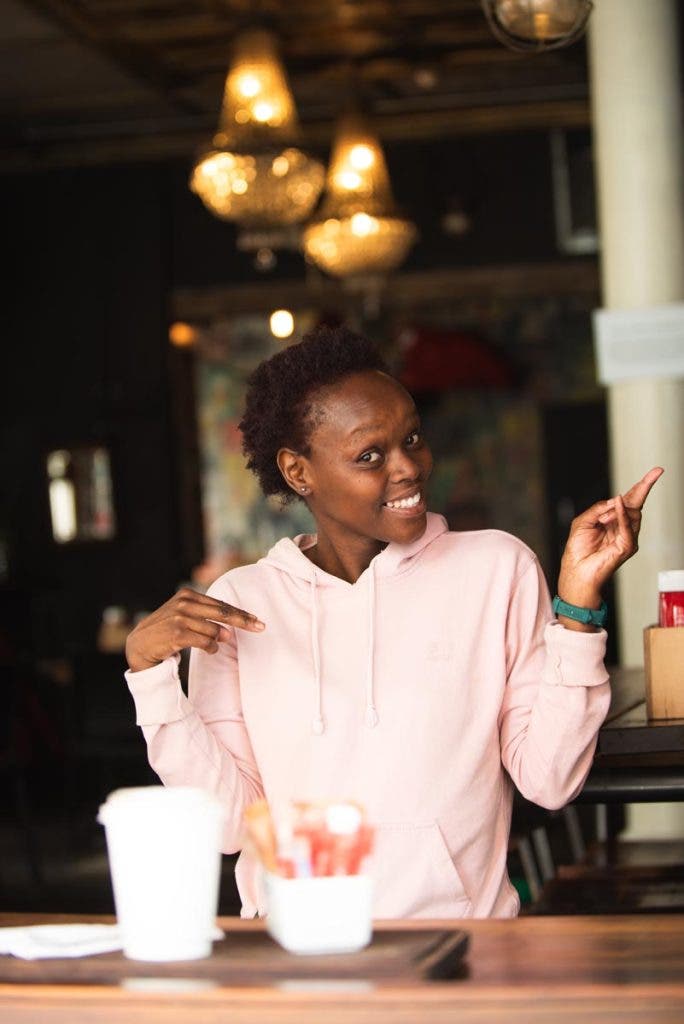
It helps to explain my intentions when making requests. Even if this is declined, I politely accept the refusal and continue the conversation, showing that my interest in them remains. One must be wary of giving the impression that we are simply using others for our own benefit.
I shot the following portrait with a 50mm lens at f1.8. At such a wide aperture, the trick is to keep the face in front of the camera because the depth-of-field is so shallow that one eye can be in focus and the other not if the face is posed at an angle. This man didn’t want his photo taken, and I kept talking to him even after his refusal. As I was leaving, he shook my hand and gave me his permission as I had gained his trust, without which I would not have used his image.
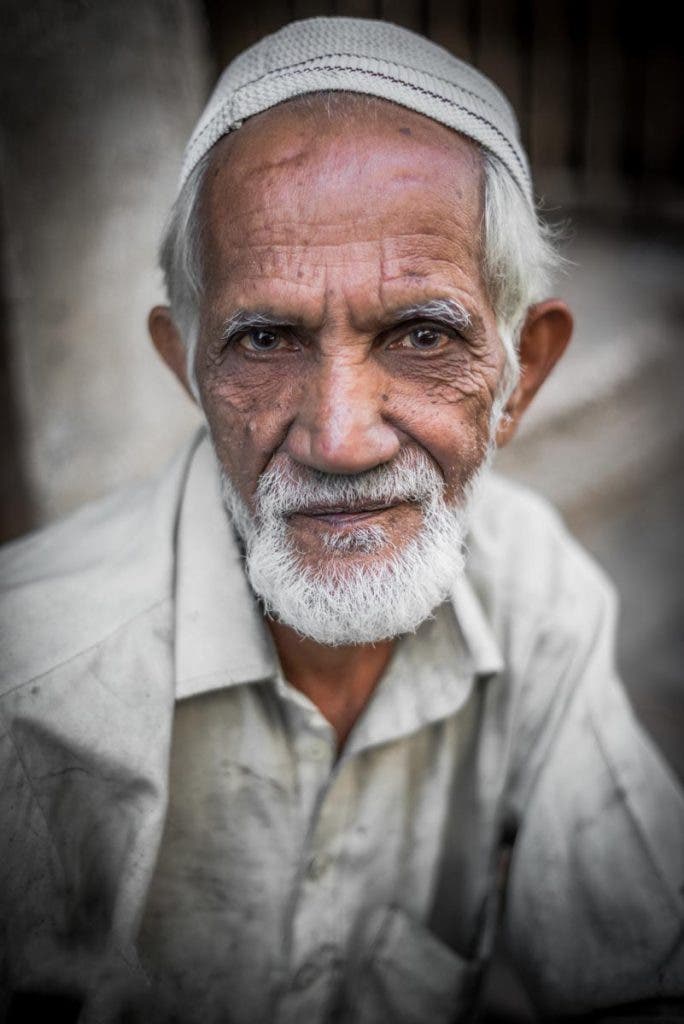
We are Ambassadors
It is worth remembering that we each act as ambassadors for our country and culture, and being a photographer comes second to building interpersonal connections in portrait photography. A small notebook is handy for scribbling names and places; voice notes are a more updated version for more detailed info. It is respectful and gracious to acknowledge by name the people whose images we use for our own purposes.
I always take two types of portraits for each person. One is a tight focus on the head and shoulders, and the other is an environmental portrait of them with their belongings and surroundings to give context. It’s not always possible, but aiming for both adds to your storytelling.
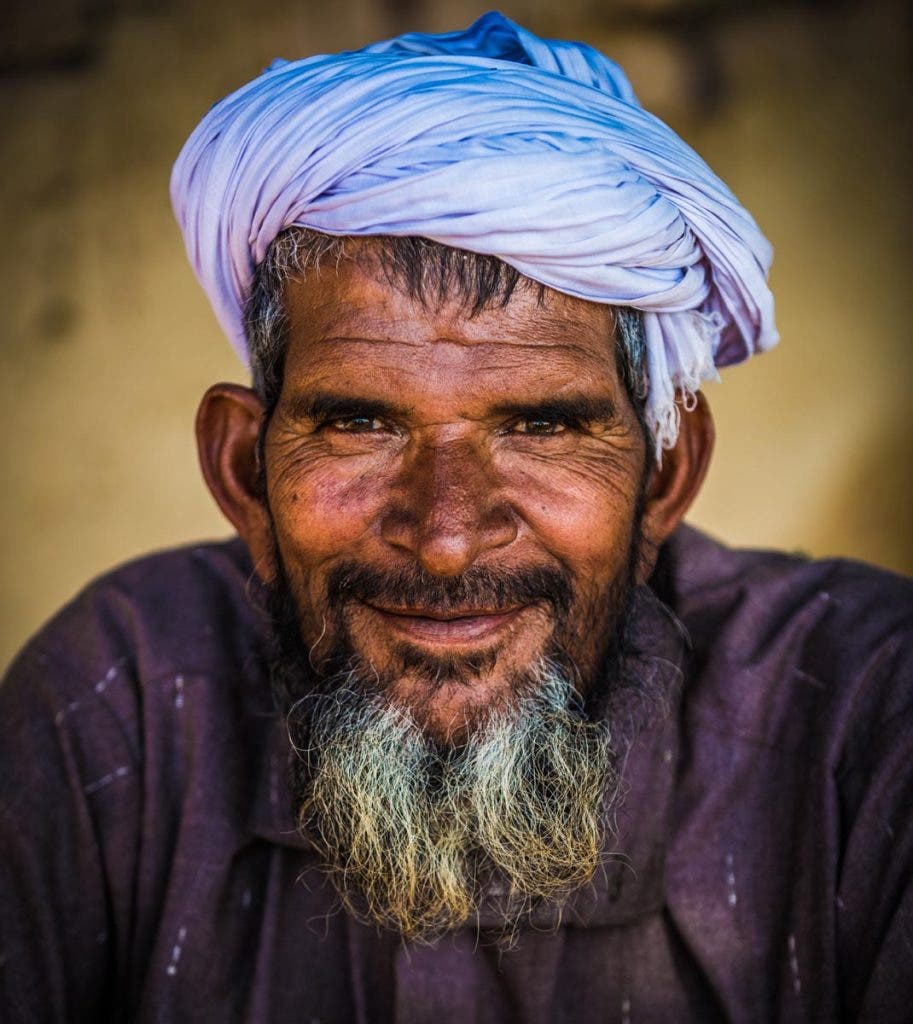
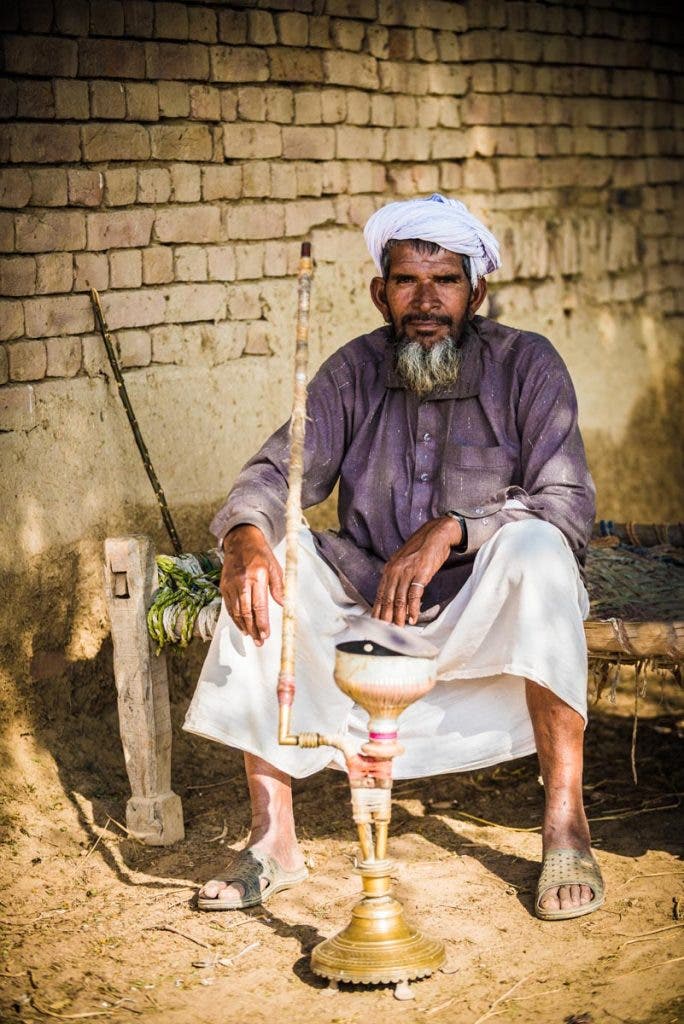
Posing Your Subject for Street Portraits
Posing is mostly a matter of selecting my angle. I simply ask my subject to look at me while they are doing their business – mostly candid while glancing at the camera. For me, this makes the best portrait, and there is automatic appeal in someone doing what they are good at. Look at an environmental portrait of this young man making butter chicken while looking at the camera. I prefer my subjects to make eye contact with the viewer as this engages them directly, but sometimes a candid while they are about their business holds another charm.
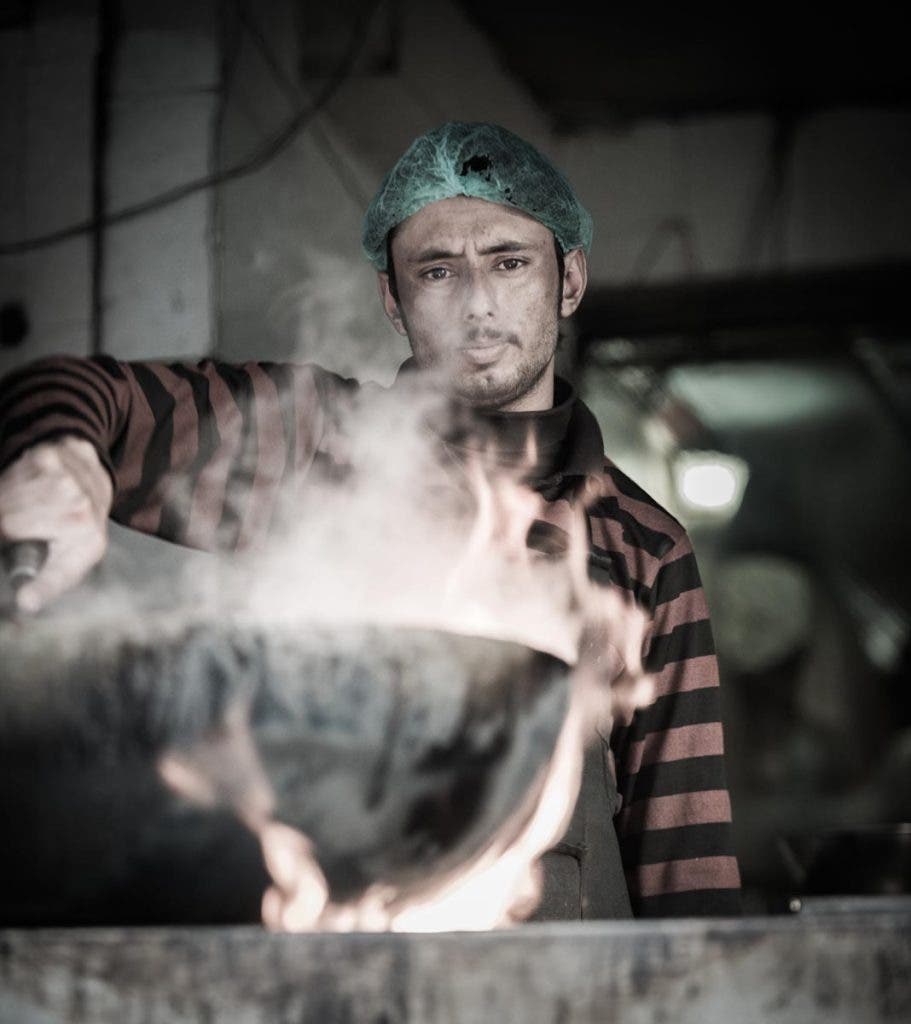
If I am in a tight place, I use my 24-70mm lens, which is highly versatile. Most portraits should be taken at an aperture value between f2.8 and f4. This allows for a lovely bokeh and a sharp face from the eyes to the ears. A wide aperture also helps in low light. The technology has dramatically improved, and now we can shoot at high ISOs. Although you must know when your camera starts producing unwanted noise, do not be afraid of bumping up your ISO to achieve a fast shutter speed. For me, anything above 120th of a second makes a sharp result. A quick rule of thumb is that your shutter speed should ideally be twice the amount of your focal length. For example, for a photo taken at 100mm, the shutter speed should be at least 200th of a second.
Revealing Raw Humanity
Capturing portraits in street photography is about revealing the raw humanity of individuals in their everyday settings. It goes beyond just faces, weaving stories through expressions and context. Each portrait is a glimpse into the subject’s world, reflecting culture and emotion. True magic happens when authenticity meets artistry, turning fleeting connections into timeless images.
